Nature has an exquisite way of surprising us with its diverse and vibrant palette, and one color that often steals the spotlight is the delicate shade of pink. While we may associate this color with flowers and sunsets, there’s a fascinating array of pink animals that roam the Earth.
Join us on a whimsical journey as we explore 15 captivating pink animals, each with its unique charm and significance.
15 Cute Pink Animals
1. Domestic Pig
Domestic Pigs, ubiquitous in farms worldwide, are quintessential pink animals that have forged a unique bond with humans.
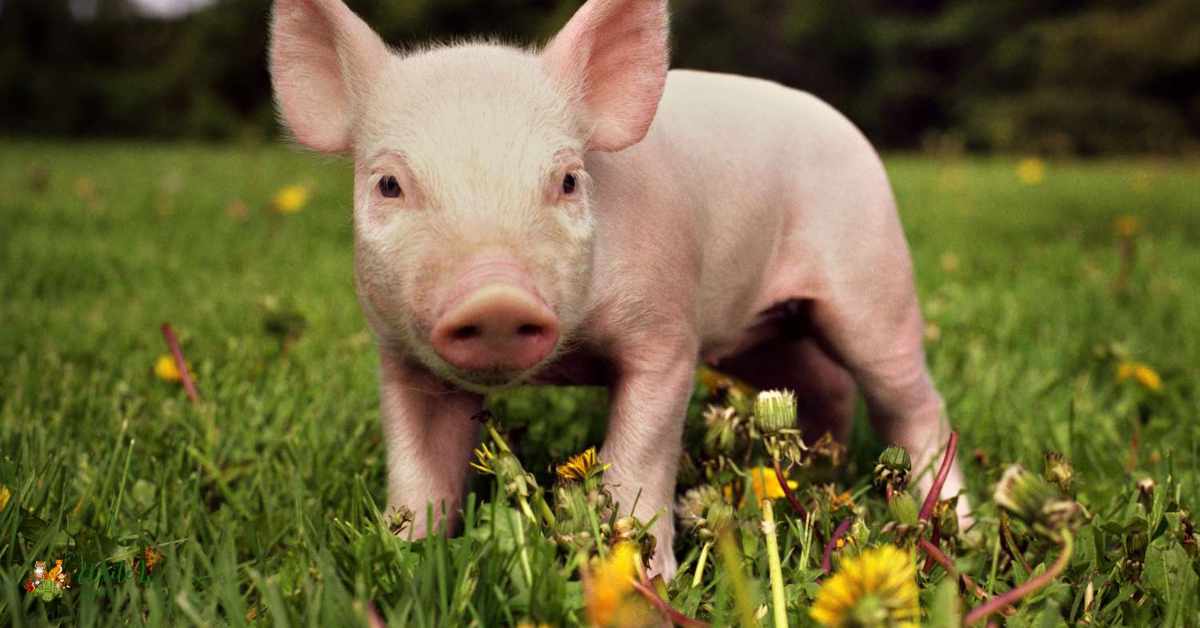
Known for their intelligence and social nature, these delightful creatures sport a charming pinkish hue, making them stand out in the barnyard.
Despite their common association with agriculture and pork production, Domestic Pigs serve as gentle reminders of the beauty found in farm life. Their rosy appearance symbolizes not only their physical warmth but also their role in bringing joy to those who care for them.
2. Orchid Mantis
Nature’s master of disguise, the Orchid Mantis, is a captivating example of pink animals in the insect kingdom. With its delicate, almost floral pink coloration, this mantis seamlessly blends into its surroundings, waiting patiently to ambush unsuspecting prey.

Mimicking orchids with remarkable precision, it’s a testament to the intricate dance of survival in the insect world.
The Orchid Mantis showcases the stunning diversity of pink hues in nature, proving that even the smallest creatures can be both enchanting and effective predators in their rosy camouflage.
3. Naked Mole Rat
Diverging from conventional perceptions of beauty, the Naked Mole Rat is a fascinating example of pink animals that thrive in the subterranean world. Despite its unusual appearance, this remarkable rodent exhibits a subtle pinkish hue.
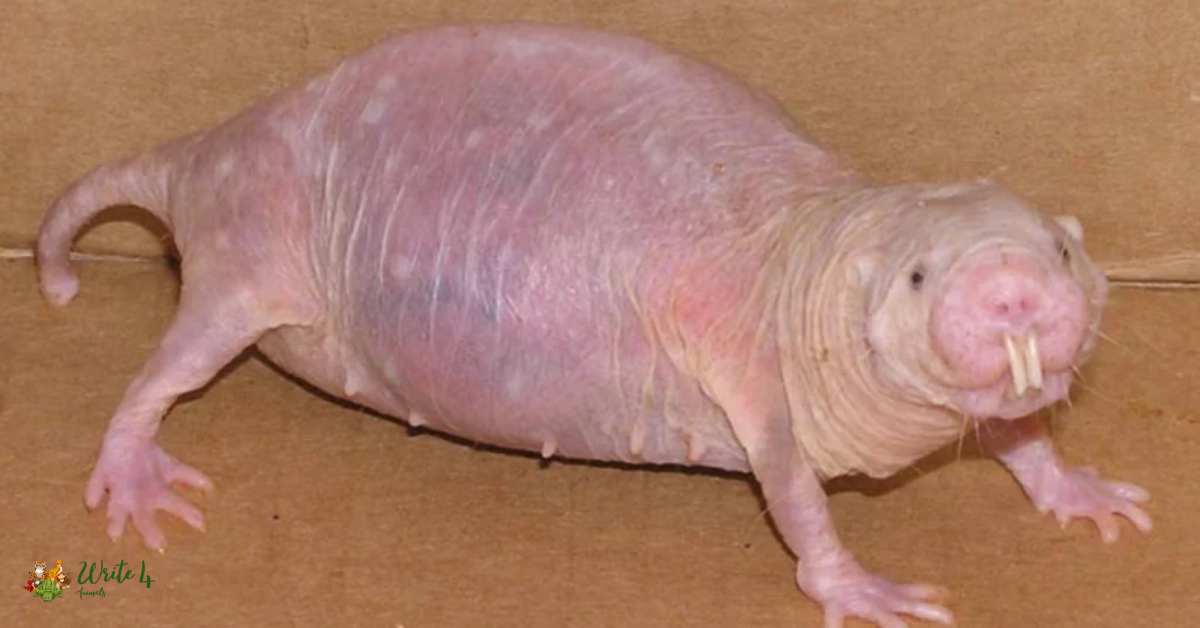
Beneath its hairless exterior lies a highly organized and eusocial society, challenging our preconceptions about what it means to be a successful mammal.
The Naked Mole Rat’s pinkish tint adds a touch of uniqueness to its resilience, proving that even in the hidden depths of the earth, life can bloom in unexpected shades of pink.
4. Roseate Spoonbill
A vision of grace in wetland habitats, the Roseate Spoonbill epitomizes the allure of pink animals in the avian realm. With its striking pink plumage and distinctive spoon-shaped bill, this wader is a living testament to the vibrancy of nature.

Seen gliding over marshes, the Roseate Spoonbill’s pink feathers are a result of the pigments present in the crustaceans and aquatic invertebrates it consumes.
Beyond its aesthetic appeal, this avian marvel highlights the delicate balance of ecosystems and the interconnectedness of life, showcasing the vital role pink animals play in the biodiversity of wetland environments.
5. Flamingo
The Flamingo, an icon of elegance and grace, reigns supreme among pink animals. These leggy waders are renowned for their stunning pink plumage, a result of the carotenoid pigments in their diet.
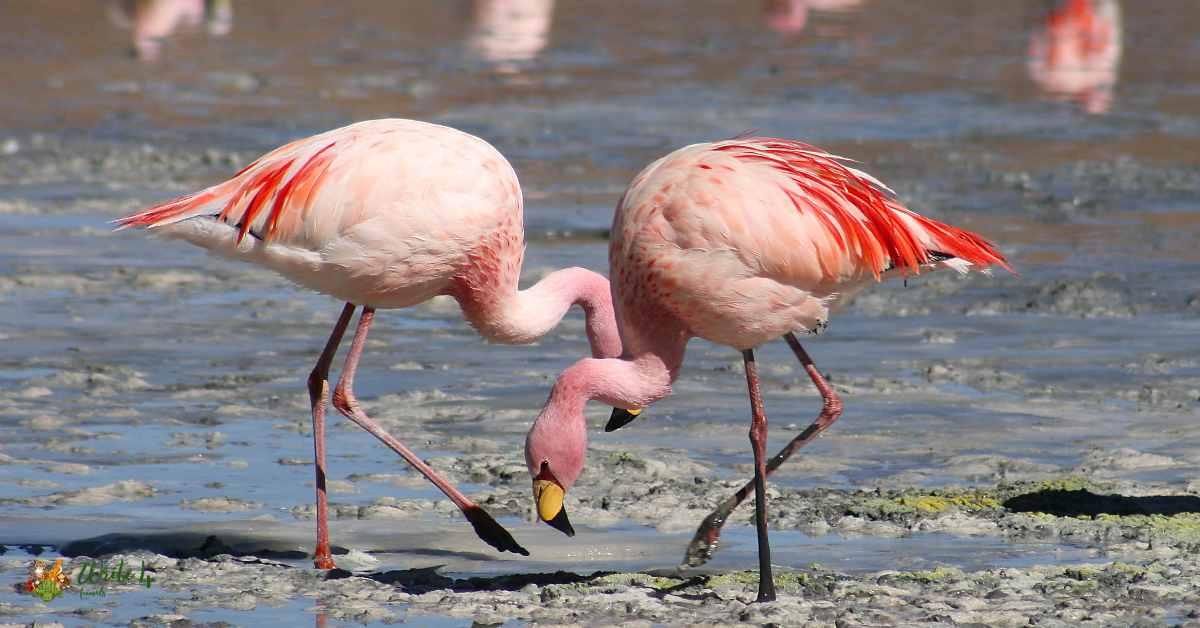
Flamingos’ distinctive pink coloring not only captures our imagination but also reflects their dietary choices, emphasizing the intimate relationship between their vibrant appearance and the aquatic ecosystems they inhabit. With their long necks and stilt-like legs, these majestic birds paint landscapes with shades of pink, turning saltwater lakes into surreal canvases.
The Flamingo is a living testament to the symbiotic dance between nature’s palette and the exquisite beauty it brings forth in the form of these iconic pink animals.
6. Pink Katydid
Nature’s whimsy takes center stage with the Pink Katydid, an insect that adds a pop of color to the leafy realms it inhabits. This remarkable example of pink animals showcases the adaptability of camouflage in the insect kingdom.
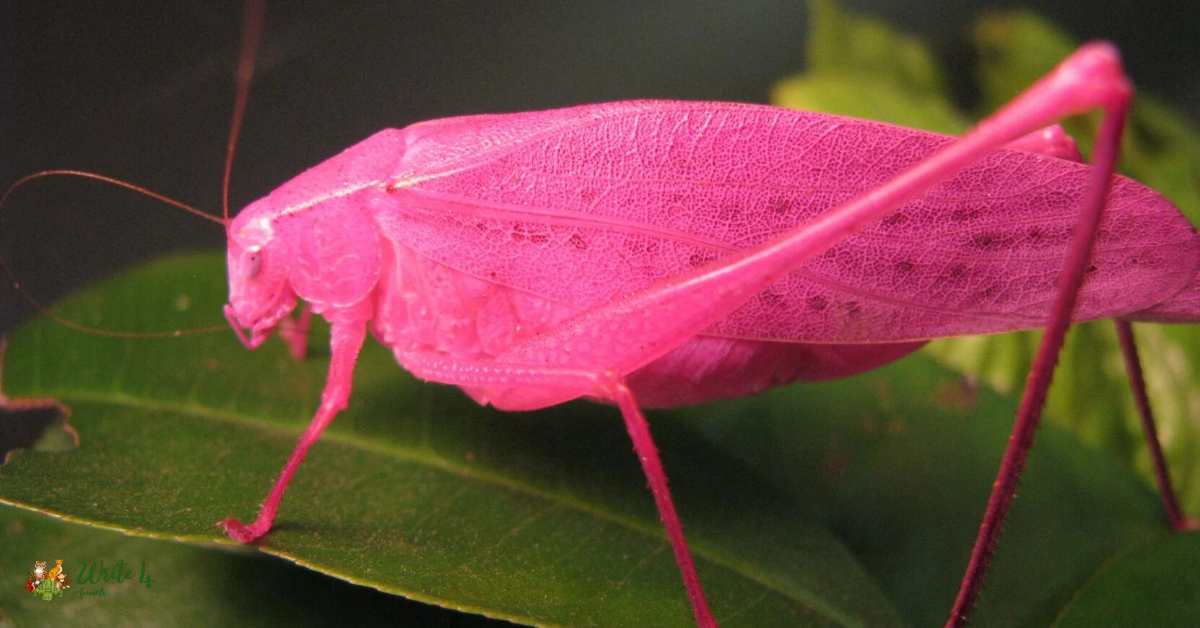
With its vibrant pink hue, the Pink Katydid blends seamlessly with the foliage, becoming a living work of art in the greenery. As a master of disguise, it exemplifies the ingenious ways creatures employ coloration for survival.
The Pink Katydid is a captivating testament to the intricate balance of concealment and revelation in the vast world of pink animals within the insect realm.
7. Pink Robin
In the enchanting forests of Australia, the Pink Robin emerges as a delicate and captivating representative of pink animals in the avian kingdom.
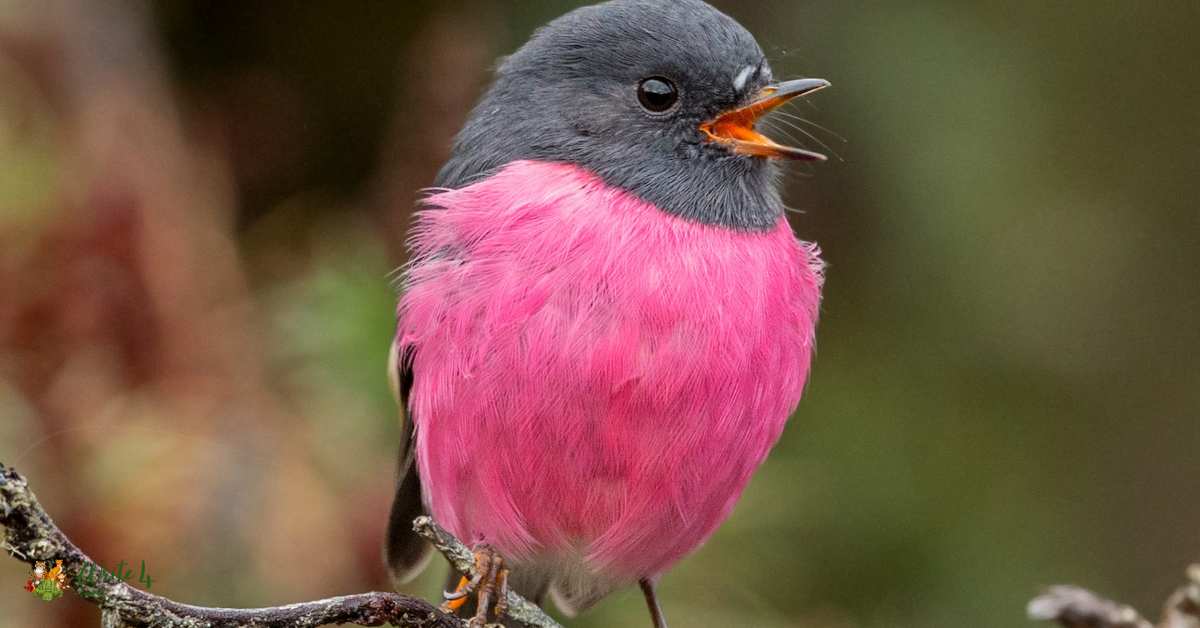
Despite its name, the Pink Robin’s soft, blush-pink plumage graces its breast, adding a touch of warmth to the cool, shaded landscapes it calls home. This small songbird, with its endearing appearance, becomes a symbol of resilience and beauty in the face of natural challenges.
As it flits through the understory, the Pink Robin enchants observers, embodying the poetic synergy between nature’s colors and the intricate lives of its inhabitants.
8. Web-Footed Gecko
Exploring the world of reptiles, the Web-Footed Gecko emerges as a unique example of pink animals with a captivating and adaptive lifestyle.
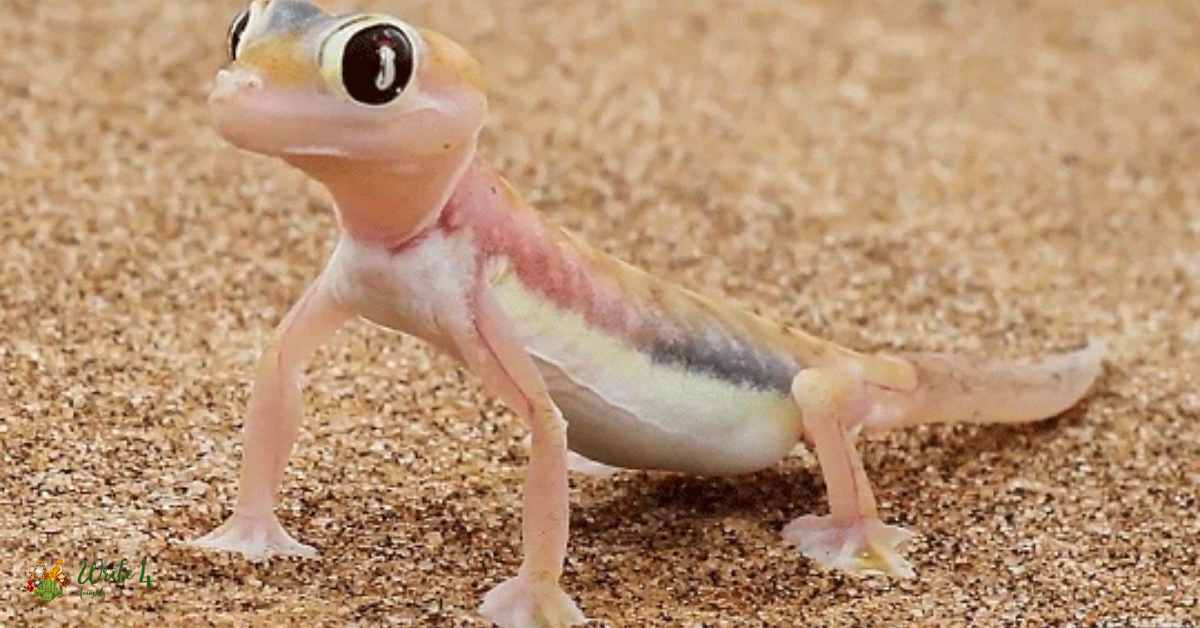
Characterized by its pinkish hue, this gecko’s distinctive feature is its webbed feet, enabling it to traverse both land and water with remarkable ease. This adaptation showcases the evolutionary ingenuity of pink animals, demonstrating how coloration can go hand in hand with specialized physical traits.
The Web-Footed Gecko, with its rosy tint, invites us to appreciate the diversity of life and the ways in which creatures have evolved to thrive in their respective habitats.
9. Roseate Skimmer
Hovering gracefully over ponds and marshes, the Roseate Skimmer dragonfly captivates with its ethereal beauty and vibrant pink coloration. This stunning example of pink animals in the insect world showcases the intricate design of nature’s aerial acrobats.
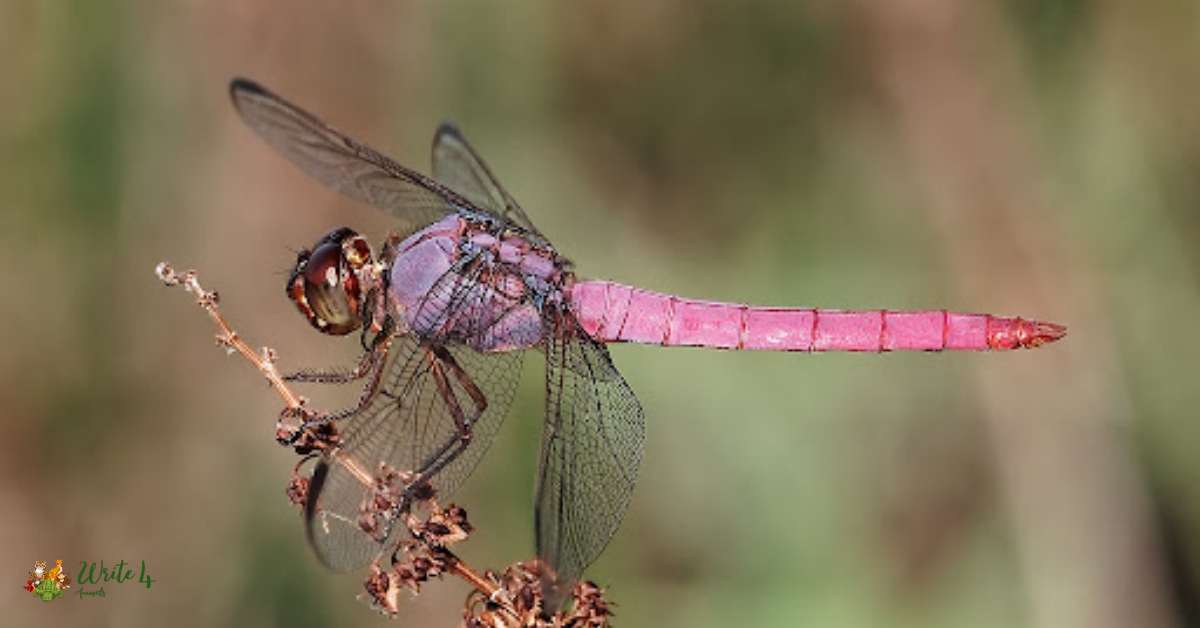
The Roseate Skimmer’s delicate wings and mesmerizing hue contribute to the poetic dance of dragonflies over water.
As it skims the surface in search of prey, this dragonfly not only exhibits grace in flight but also brings a burst of color to wetland environments, serving as a living testament to the kaleidoscope of life within the natural world.
10. Small Elephant Hawk Moth
Venturing into the world of pollination, the Small Elephant Hawk Moth emerges as a delicate ambassador of pink animals in the insect kingdom.
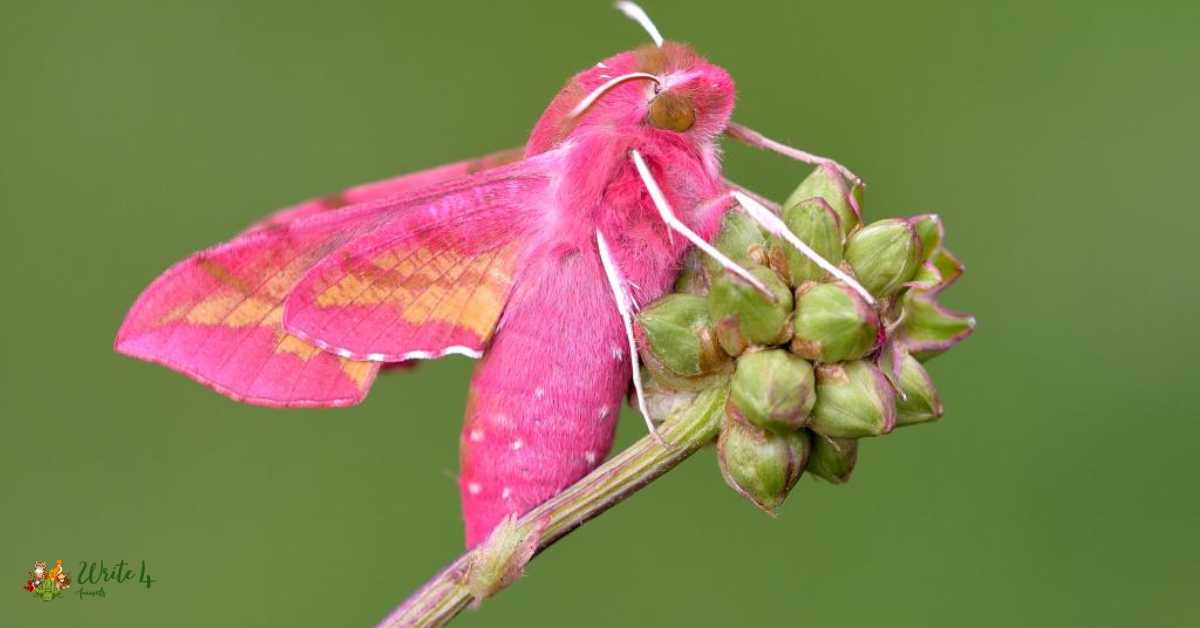
This enchanting moth, with its pink and olive-green coloration, plays a vital role in pollinating flowers as it hovers with its long proboscis. Beyond its aesthetic appeal, the Small Elephant Hawk Moth embodies the interconnected relationships between insects and flowering plants.
The subtle shades of pink on its wings and body contribute to the intricate tapestry of nature, illustrating the importance of these pollinators in sustaining the biodiversity of ecosystems.
11. Sonoran Coachwhip
Navigating the arid landscapes of North America, the Sonoran Coachwhip stands out as a distinctive representative of pink animals in the reptilian world. This non-venomous snake, adorned with a pinkish hue, defies the typical perception of serpentine colors.
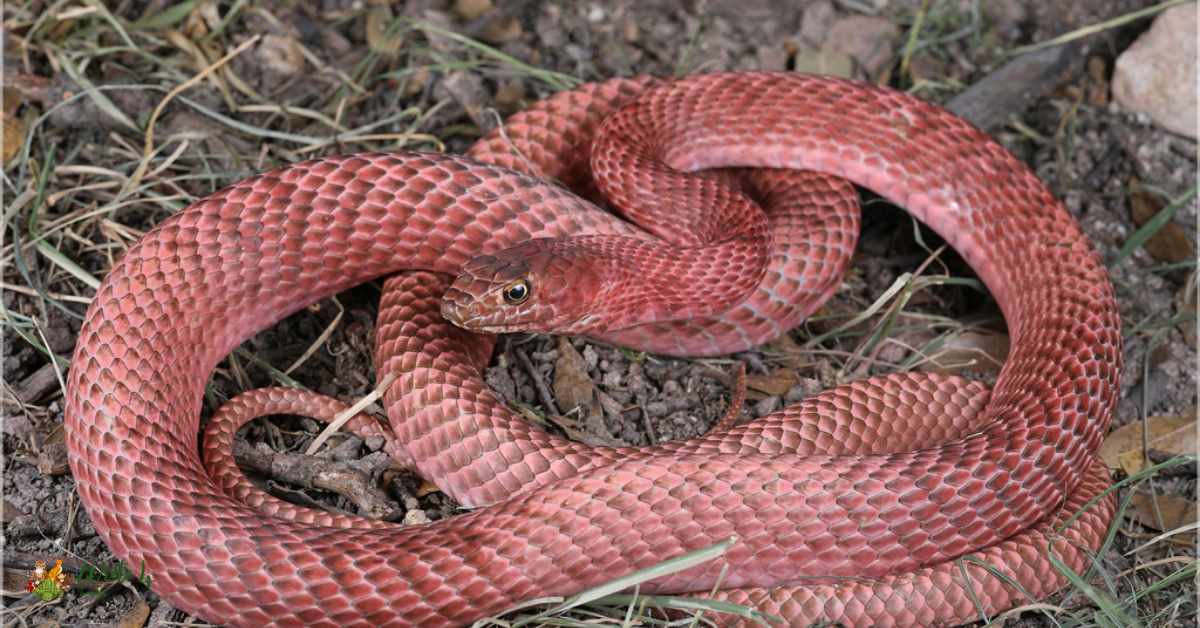
Its striking appearance adds a touch of intrigue to the deserts it calls home, showcasing the adaptability and resilience of life in challenging environments.
The Sonoran Coachwhip, with its unique coloration, becomes a symbol of the diverse ways creatures have evolved to thrive in harsh climates, proving that even in arid landscapes, shades of pink can flourish.
12. Pink Dragon Millipede
Venturing into the minuscule world of arthropods, the Pink Dragon Millipede emerges as a tiny yet captivating representative of pink animals found in Madagascar. Despite its small size, this millipede’s vibrant pink coloration distinguishes it in the leaf litter of the rainforest floor.
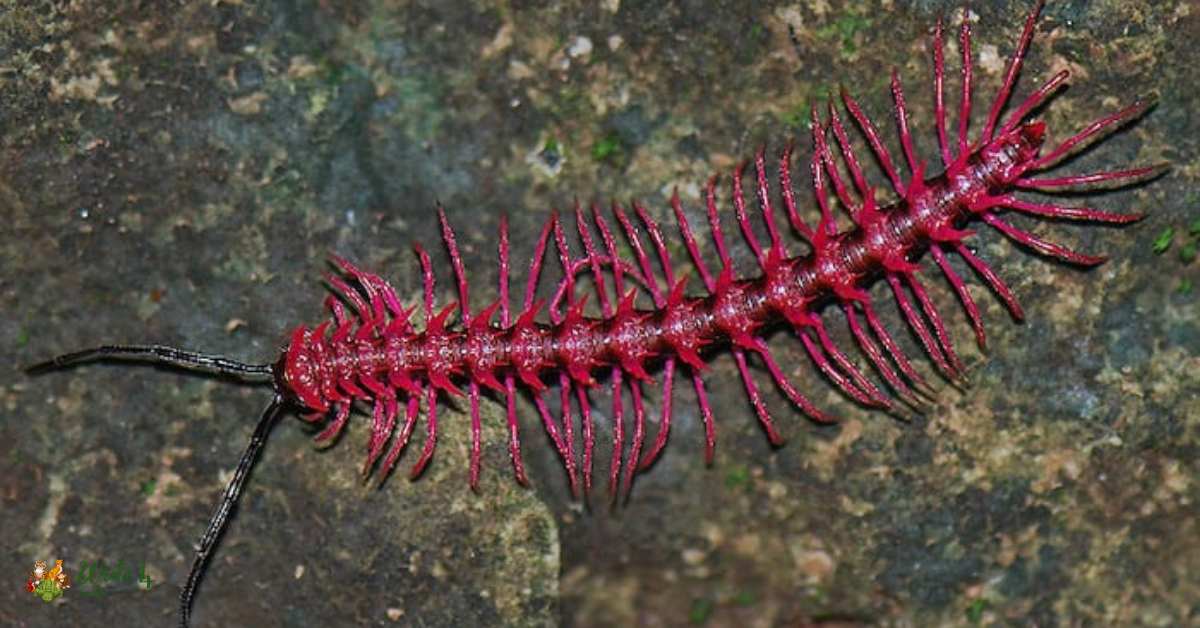
With its unique appearance, the Pink Dragon Millipede adds a touch of enchantment to the rich biodiversity of Madagascar. This tiny invertebrate becomes a testament to the undiscovered wonders that lie within the intricate ecosystems of rainforests, where even the smallest inhabitants contribute to the overall harmony of nature.
The Pink Dragon Millipede invites us to appreciate the often-overlooked beauty present in the microcosms of our planet.
13. Pink-Headed Warbler
In the misty mountains of Central America, the Pink-Headed Warbler graces the cloud forests with its stunning plumage, showcasing the vibrant spectrum of pink animals in the avian kingdom.
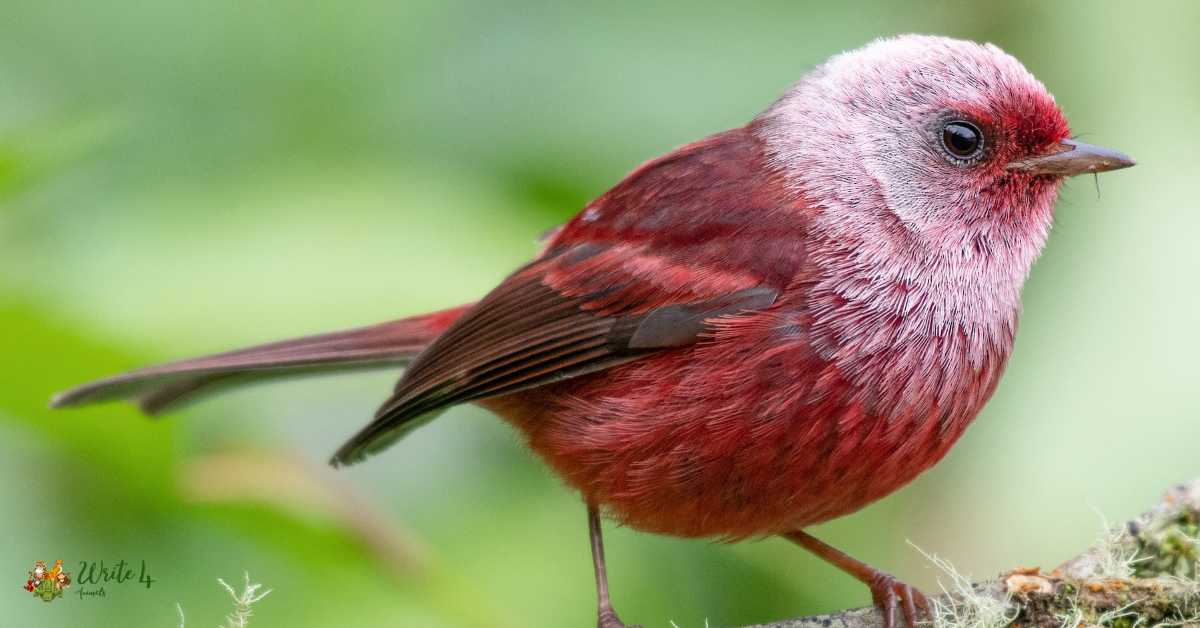
With its striking combination of pink, yellow, and black, this warbler becomes a living masterpiece of nature. Endemic to its high-altitude habitat, the Pink-Headed Warbler symbolizes the delicate balance of life in the mountains, where its rosy hues add a touch of warmth to the cool, mist-laden landscapes.
This avian jewel becomes a reminder of the interconnectedness between fauna and flora in unique ecological niches.
14. Major Mitchell’s Cockatoo
Australia, a continent known for its unique wildlife, is home to Major Mitchell’s Cockatoo, a regal and flamboyant representative among pink animals.
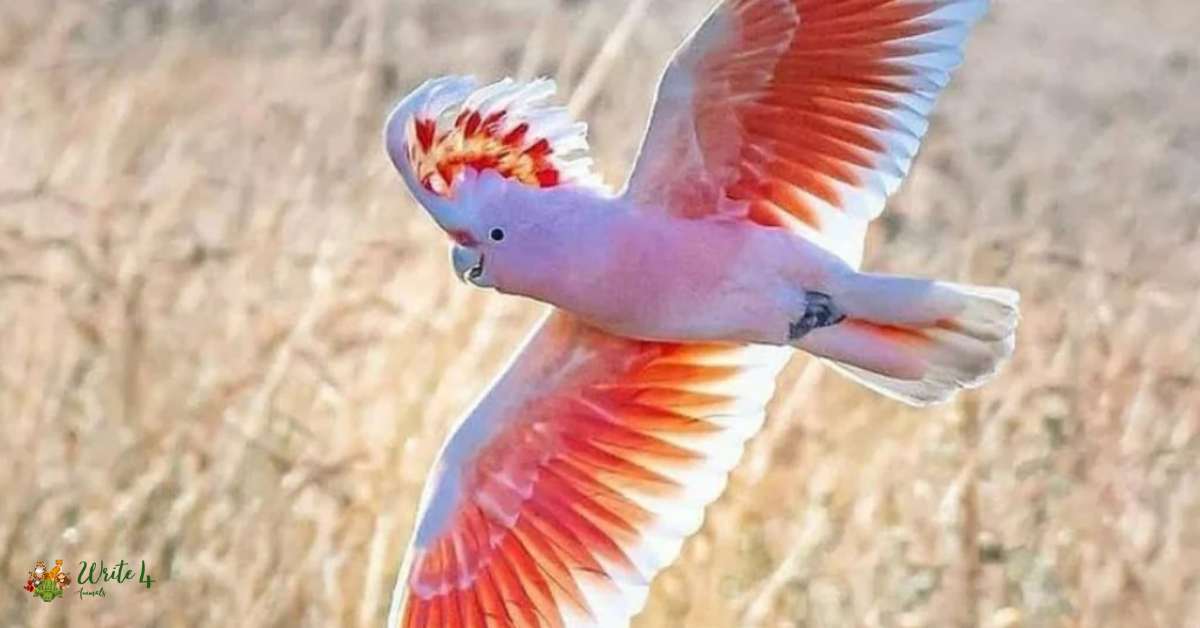
With its majestic crest and soft pink plumage, this cockatoo stands out as a symbol of beauty and intelligence. Known for their playful antics and charming personalities, Major Mitchell’s Cockatoos become ambassadors of the vibrant avian life Down Under.
Their captivating pink and white feathers not only add a touch of elegance to the Australian landscape but also highlight the diverse range of colors that characterize the continent’s birdlife.
15. Galah
Completing our exploration of pink animals is the Galah, another iconic Australian bird that contributes to the kaleidoscope of avian hues. With its striking pink and grey plumage, the Galah becomes a familiar sight in the arid landscapes and urban areas of Australia.
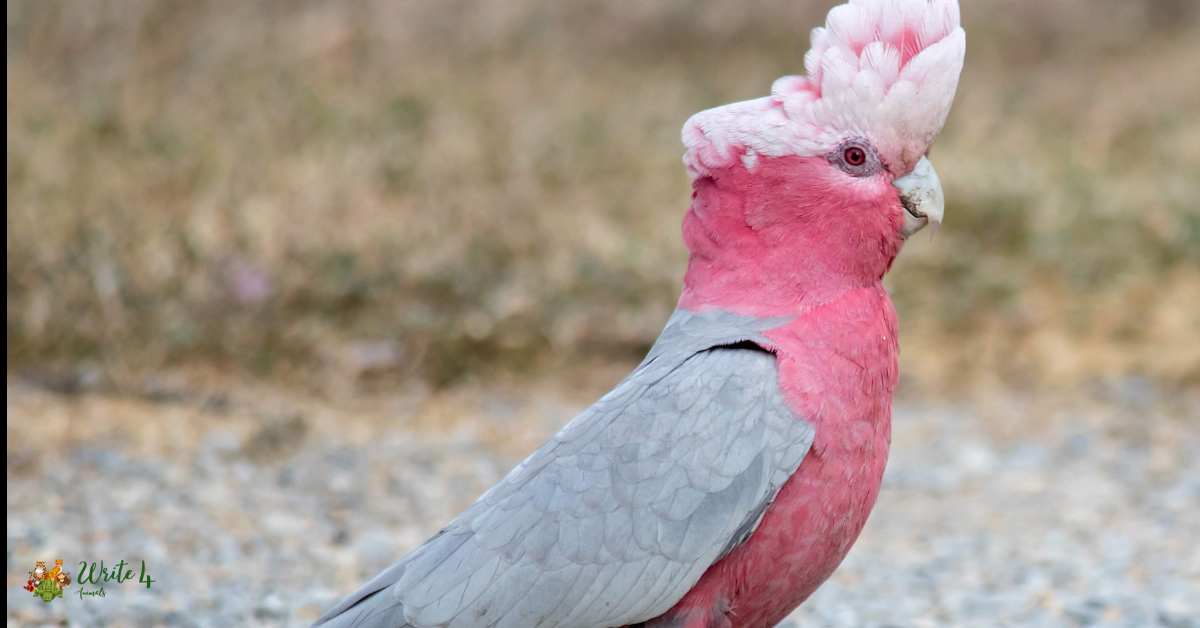
Beyond its colorful appearance, these cockatoos are known for their social behavior and intelligence, adding another layer of fascination to the world of pink animals.
The Galah stands as a testament to the adaptability and resilience of wildlife in diverse environments, reminding us of the ever-pr
Frequently Asked Questions
Why are some animals pink?
The pink coloration in animals often results from the presence of pigments called carotenoids. These pigments are acquired through the animals’ diets, usually from consuming carotenoid-rich foods like certain plants, algae, or small crustaceans. Flamingos, for example, obtain their pink hue from the carotenoids in the shrimp and algae they consume.
How does the color pink benefit animals in nature?
The color pink serves various purposes in nature, such as camouflage, communication, and mate attraction. In certain environments, pink hues can help animals blend into their surroundings, offering a form of protection from predators. Additionally, some animals use their pink coloration to signal reproductive fitness or attract potential mates.
Are all pink animals naturally pink, or can it be a result of genetic mutations?
While many pink animals derive their color from natural sources like pigments in their diets, genetic mutations can also contribute to pink hues. Mutations in genes responsible for pigmentation can lead to unique color variations in certain species. However, these instances are relatively rare compared to the prevalence of naturally occurring pink colors.
Do pink animals have a disadvantage in terms of survival?
The survival advantage or disadvantage of pink animals depends on their specific habitats and lifestyles. In some environments, pink hues may provide effective camouflage or play a role in deterring predators. However, in other settings, bright colors could make animals more conspicuous and vulnerable. Each species has evolved to thrive in its particular ecological niche, and the coloration contributes to its overall survival strategy.
Are there any health implications associated with pink coloration in animals?
In most cases, the pink coloration in animals is a natural and healthy expression of their biology. For instance, flamingos’ pink color is a sign of good health, indicating their ability to obtain the necessary nutrients from their diet. However, unusual or sudden changes in coloration could be a sign of health issues or dietary imbalances, warranting closer examination by researchers or veterinarians.
Can domestic animals, like pets, have natural pink coloration?
Domestic animals, including pets, can exhibit variations in coloration due to genetic factors or specific breeds. While pink coloration may not be as common in domesticated animals, certain breeds of dogs, cats, and birds may display shades of pink in their fur, feathers, or skin. These variations are usually within the normal range of genetic diversity for those species.
Are there conservation concerns related to pink animals?
In general, the coloration of animals, including pink hues, is a natural and adaptive trait. Conservation concerns are more related to habitat loss, climate change, and human impact on ecosystems rather than the specific coloration of animals. Protecting the natural habitats of these creatures is crucial for maintaining the biodiversity and health of ecosystems where pink animals thrive.
Recommended
1. 15 Green animals in the world | animals that are green
2. Kangal Dog Price, Characteristics, and More 2023
